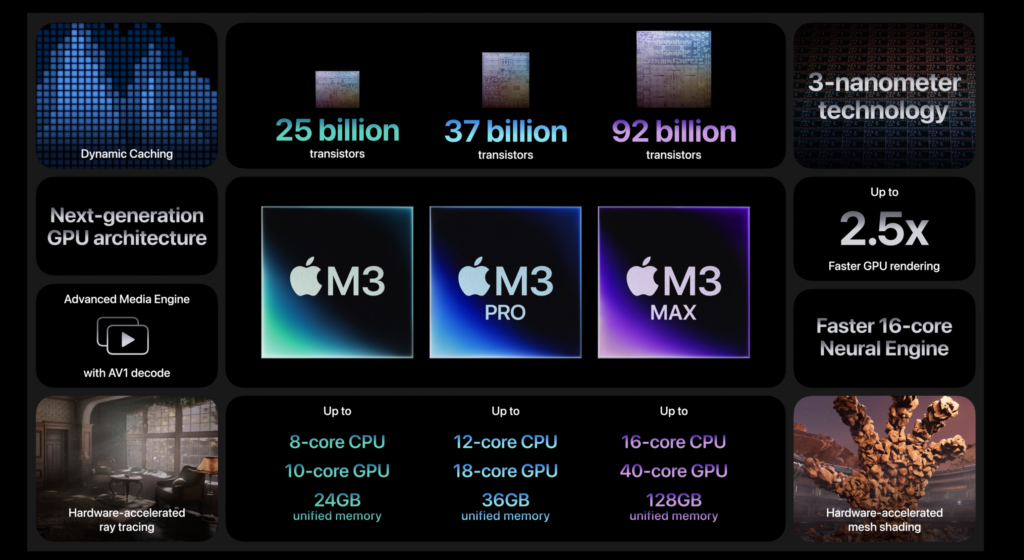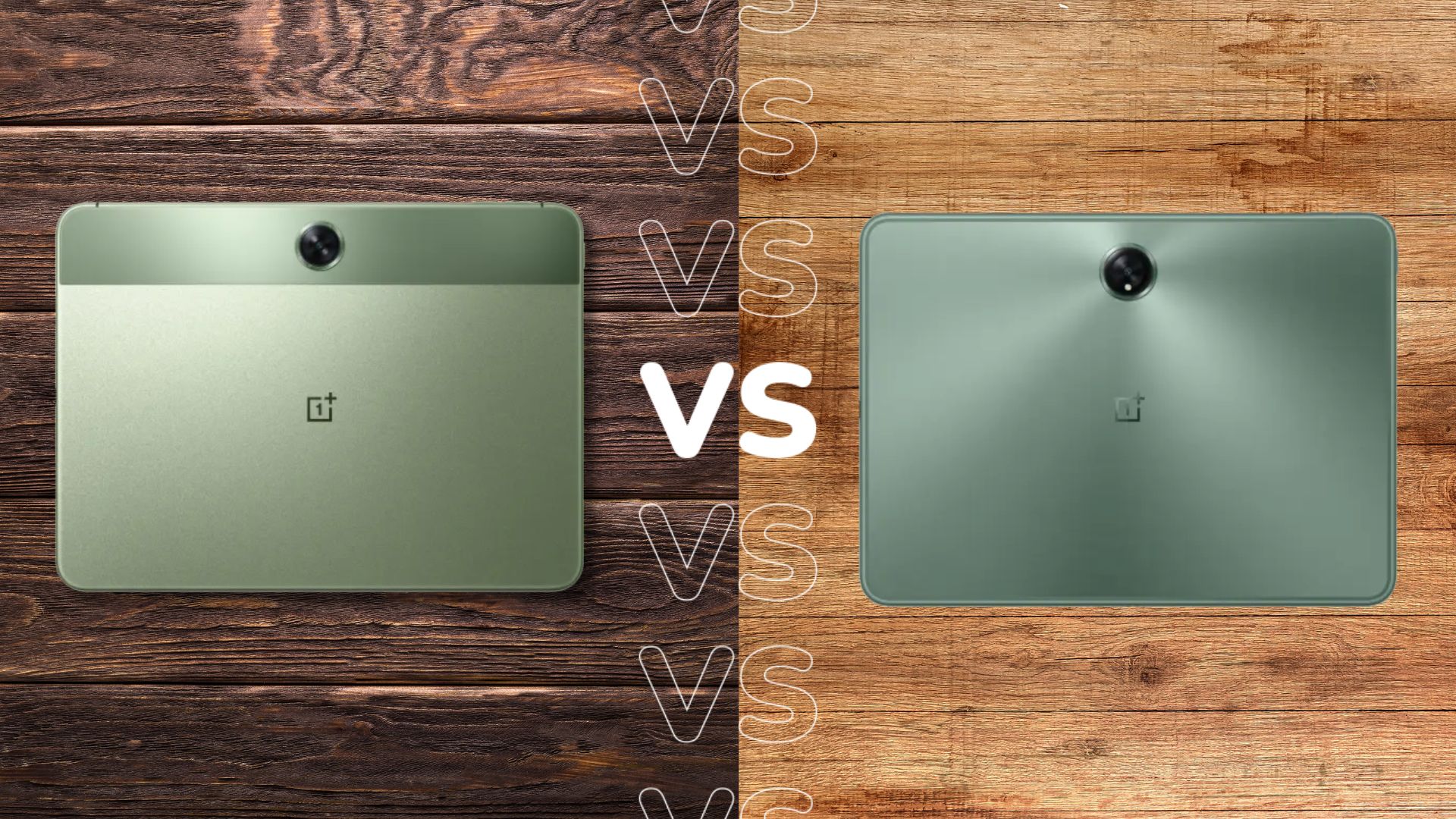Apple MacBook Pro M3 vs MacBook Pro M3 Pro: Should you pay more?

The Apple Scary Fast keynote event has brought us a brand-new swathe of software and hardware, most notably, the M3 family of chips.
Apple surprised us all by announcing a brand-new M-Series family of chips during its Scary Fast event. The M3, M3 Pro and M3 Max are the latest chips to join the Apple Silicon collection and will be available to buy in the next-generation MacBook Pro laptops.
With several new laptops hitting the market very soon, you may be wondering which model is best suited to your needs. Today, we’re going to be running through some of the key differences – and similarities – between the MacBook Pro M3 models and the MacBook Pro M3 Pro models, so you can figure out which Mac you like best.
M3 Pro is more powerful
In the usual Apple Silicon fashion, the M3 and M3 Pro can be found in different configurations. The most advanced M3 chip comes with an 8-core CPU and 10-core GPU, while the M3 Pro comes with up to a 16-core CPU and 40-core GPU.
The inclusion of more cores allows the chip to process and compute multiple tasks at the same time. This should make the M3 Pro MacBook Pro more equipped to take on intensive tasks and may be better suited for content creatives or even gamers.
Apple claims that the M3 family performance cores – which are housed inside the CPU cores – are up to 30% faster than the M1 family. The CPU efficiency cores are also up to 50% faster than the M1; these new specs combined should deliver up to 35% more performance at peak power compared to the M1, making the M3 MacBooks a lot more capable than its predecessors.

The M3 Pro MacBook Pro can also be configured with more unified memory. It can be kitted out with up to a whopping 128GB of unified memory. On the lower end, the 14-inch base model comes with just 18GB and the 16-inch base model has with 36GB.
The M3 MacBook Pro can be configured with 8GB of unified memory, with the maximum amount of memory coming out at 24GB.
14-inch M3 has more battery life than 14-inch M3 Pro
One benefit of the M3 model offering less horsepower is that it is less demanding on battery life. Despite the 14-inch M3 Pro model sporting a larger 72.4Wh battery compared with a 70Wh on the M3, the latter offers up to 15 hours of wireless web versus the former’s 12 hours of wireless web. However, the 16-inch M3 Pro does catch back up to that 15-hour mark by donning a larger 100Wh cell.
No Space Black or 16-inch for MacBook Pro M3
The M3 MacBook Pro can be found in two configurations – depending on how powerful you want the chip to be. However, one limitation of the M3 is that it only comes in the 14-inch version of the MacBook Pro, with no 16-inch version in sight.
The M3 Pro can be configured with either the 14-inch or 16-inch MacBook Pro. It’s worth noting that the most powerful chip in both circumstances comes with a 16-core CPU and 40-core GPU, suggesting that the performance of each model should be similar. However, the addition of a larger laptop might make the M3 Pro better suited to those who need more screen real estate to work on than the vanilla M3.
The MacBook Pro with M3 also doesn’t get the new colourway that’s come to the M-series. You can get the MacBook Pro M3 Pro in either Space Black or Silver while the M3 model sticks with Space Grey and Silver.

M3 Pro has more Thunderbolt ports, and they’re faster too
The MacBook Pro with M3 Pro sticks with the same formula as the previous M2 Pro MacBook Pro models. This means offering up three Thunderbolt 4 ports. The same goes for the M3 Max models too.
However, the M3 is a bit of a downgrade. Not only does the MacBook Pro with M3 only get Thunderbolt 3 / USB 4 ports but there are only two of them.








